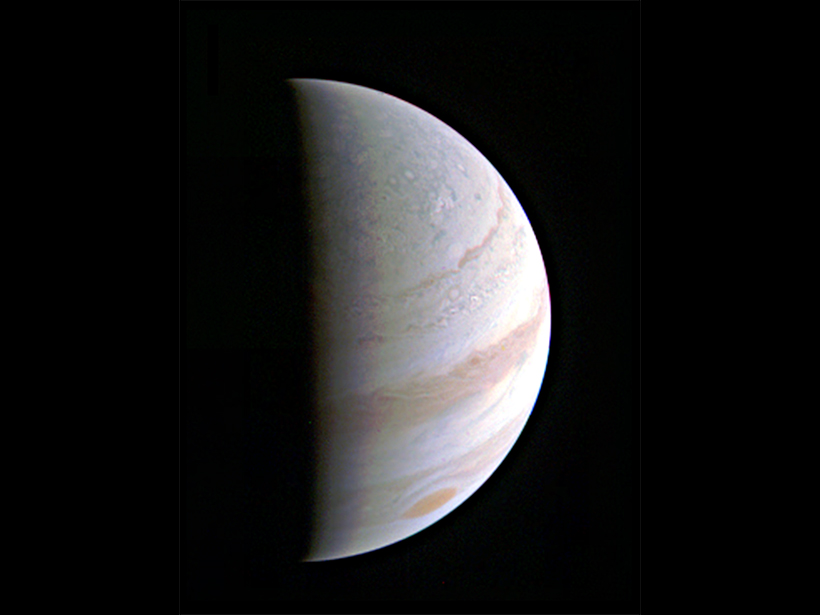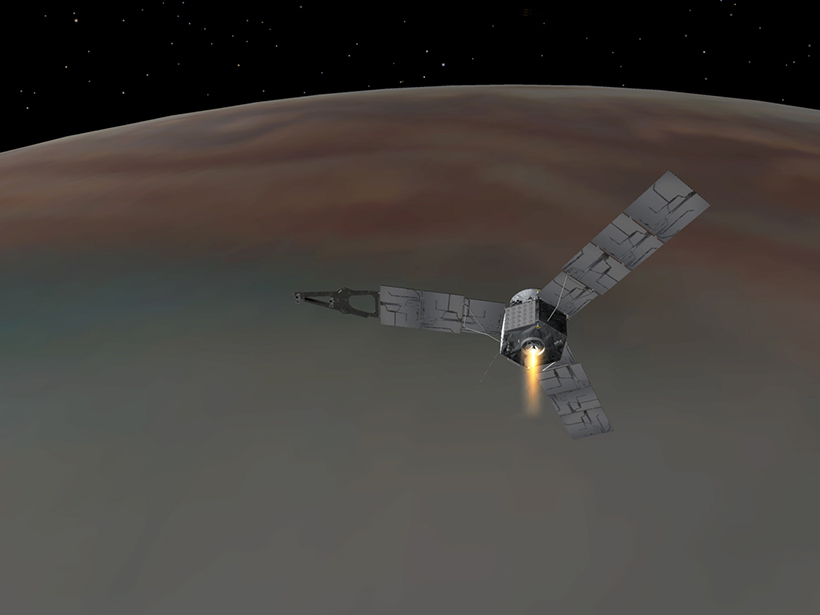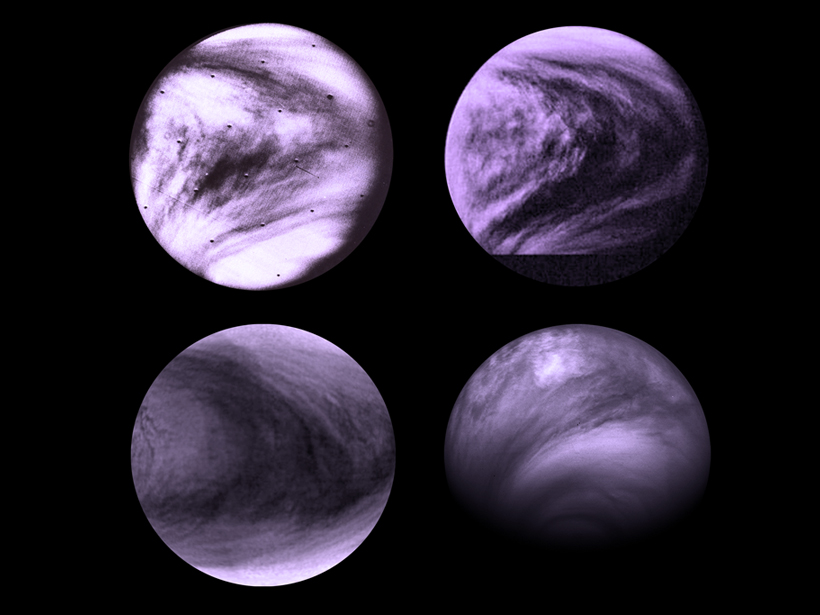NASA plans to release more pictures soon, including views of the planet's atmosphere and its north and south poles, all in unprecedented detail.
orbits & rotations
Juno Spacecraft Nails Its Orbit Around Jupiter
The mission will spend 20 months collecting data on the planet's core, its magnetic field, and the composition of its atmosphere.
NASA’s Juno Spacecraft Set to Orbit Jupiter Starting 4 July
The spacecraft's titanium vault and a polar orbiting flight plan that avoids intense radiation regions around Jupiter's equator will help reduce damage to Juno's instruments.
Atmospheres Can Collapse on the Dark Sides of Planets
Planets that orbit close to their stars might lose their atmospheres along with any chance of life, but new models show a way in which these planets may retain their atmospheres and habitability.
Earth's Climate Cycles Might Have an Eccentric Explanation
Mid-ocean ridge eruptions follow the cycles of tides and Earth's orbital eccentricity, indicating a possible role in long-term climate shifts.
New Atmospheric Wave May Shape Venus's Clouds
A novel model suggests that a new wave may be responsible for Venus's iconic Y pattern.
Kepler: A Giant Leap for Exoplanet Studies
NASA's low-cost space telescope opened up a universe of possibilities for scientists who scour space in search of planets—and possibly life.
Predicting Space Weather on a Satellite Superhighway
Scientists combined 82 satellite years of data to create a more comprehensive model of how plasma behaves in a region of Earth's magnetosphere with heavy spacecraft traffic.
How Did the Moon Get Its Shape?
Scientists find a solution to a 200-year-old problem: syncing the prominent bulges on the Moon with our natural satellite's origins.
Dawn Spacecraft Enters into Orbit Around Dwarf Planet Ceres
A 16-month investigation of the dwarf planet Ceres could reveal a lot about the most massive body in the asteroid belt and could advance our understanding of the formation of terrestrial planets.










